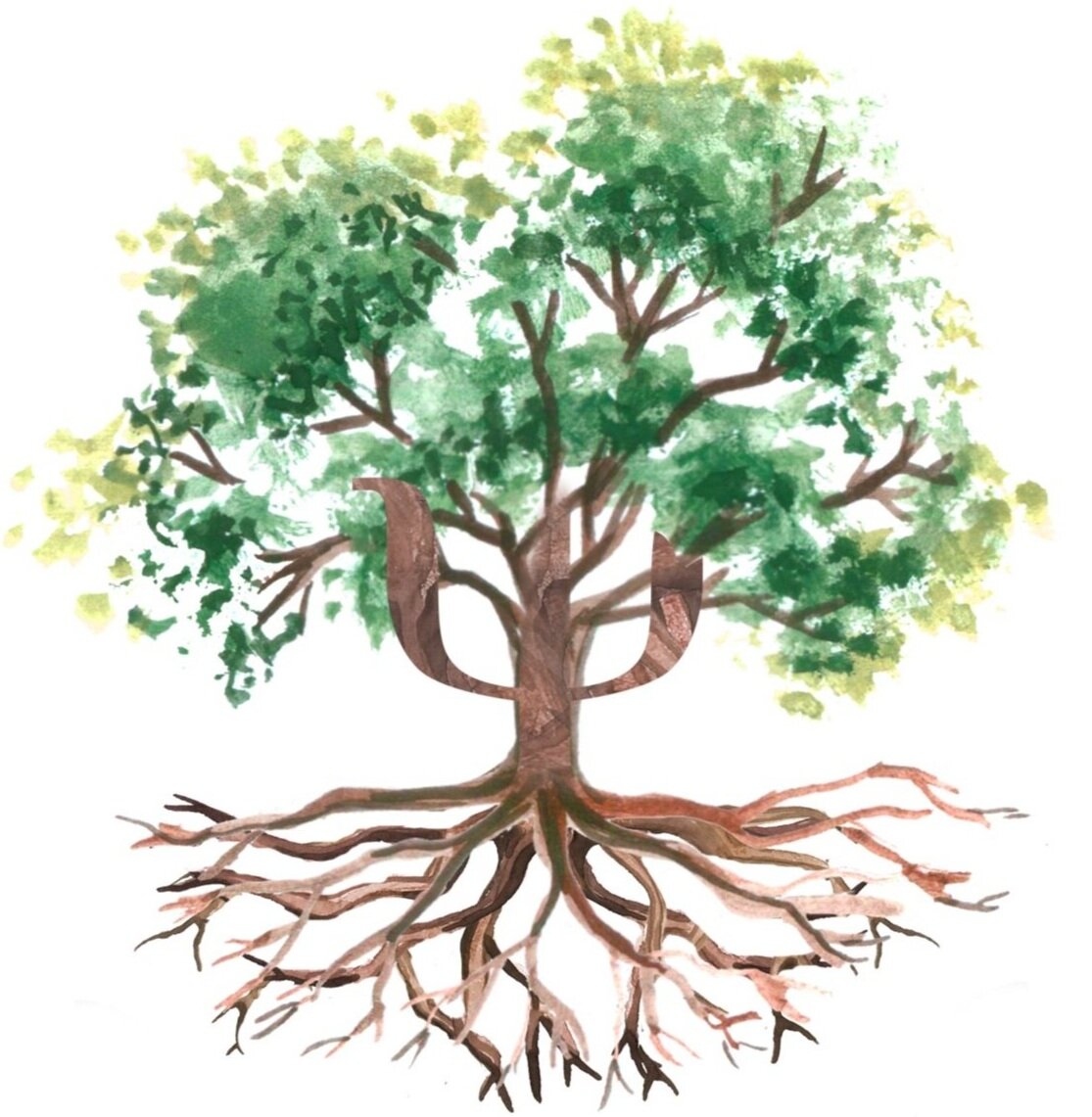At a time when cognitive, emotional, and social development is rapid, enabling children to become aware that their thoughts can influence their behaviour and emotion is one of the critical lessons we can pass on. Reframing unproductive and maladaptive thinking and the assumptions that underpin it is essential for navigating the personal and emotional challenges of growing up.
Cognitive Behavioural Therapy (CBT) is a type of talk therapy that equips children with essential skills and techniques to recognise, understand, and assess their behavioural and emotional reactions to unfavourable situations. It is an ideal technique for trauma and abuse therapy.
Realising that behaviours and emotions can be managed and controlled is empowering. It may improve emotion awareness and regulation, coping skills, and self-control, especially during this crucial developmental period.
CBT aims to teach children to focus on the present and the future rather than the past. This therapy method helps them to empower them to understand that although they cannot change and control the past, their behavioural and mental responses to situations can affect their present and future.
How does CBT adapt to children and teenagers?
Working with children and teenagers comes with unique sets of challenges. Therapists must adapt their techniques according to maturity and incorporate other therapy techniques, such as art therapy or play therapy.
When working with younger kids, most of the therapy process primarily involves the parents or primary caregivers, educating them on scientifically grounded beneficial CBT techniques and how to use them when the situation arises. It becomes a combined effort of working with the child and their parents or caregivers with older kids or even teenagers, educating both parties on CBT techniques they can employ when the situation arises.
Doing so gives the child a sense of greater control while ensuring that their parents or caregivers have the necessary knowledge and techniques to further support them.
What issues can CBT best help with?
CBT challenges unhelpful behaviours and maladaptive thoughts while replacing them with a more adaptive coping strategy and a realistic thinking pattern. These adjustments can help improve certain symptoms of a variety of childhood- and teenage-related issues, such as:
Eating disorders
Oppositional defiant disorders
Self-harm
Low self-esteem
Bedwetting
Bullying
Substance abuse
Techniques applied in CBT
Modelling, a CBT technique derived from the principality of social learning, emphasises watching and following role models to bring about positive changes in behaviour.
Exposure therapy is one of the fundamental techniques applied in CBT to address anxiety. The fundamentals behind this technique are to safely and gradually expose the child to anxiety triggers, helping them get used to negative experiences and cope and regulate their emotions.
Restructuring therapy is a CBT technique that challenges negative thoughts and cognitive distortions, targeting automated negative response which leads to undesired behaviour. The end goal is to help the child be able to conduct a mental trial and justify their thoughts and action.
Conclusion
CBT can help children derive a deeper understanding of their emotions and thoughts and how their behaviour can be affected by changes in those areas. As parents and caregivers, you do not need to wait for something serious before seeking professional help. Equipping them with the necessary knowledge and techniques helps them overcome the issues they seek therapy for and equips them for future difficulties that may arise.
At Annabelle Psychology, our team of clinical and counselling psychologists have extensive training in a wide range of therapy techniques, including CBT. From adults to children, we have helped individuals and families overcome mental-related issues, such as teenage depression, social anxiety disorder, stress, and many more. Contact us at https://www.annabellepsychology.com/ to get connected to the best-suited CBT therapist today!

